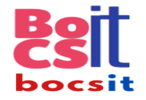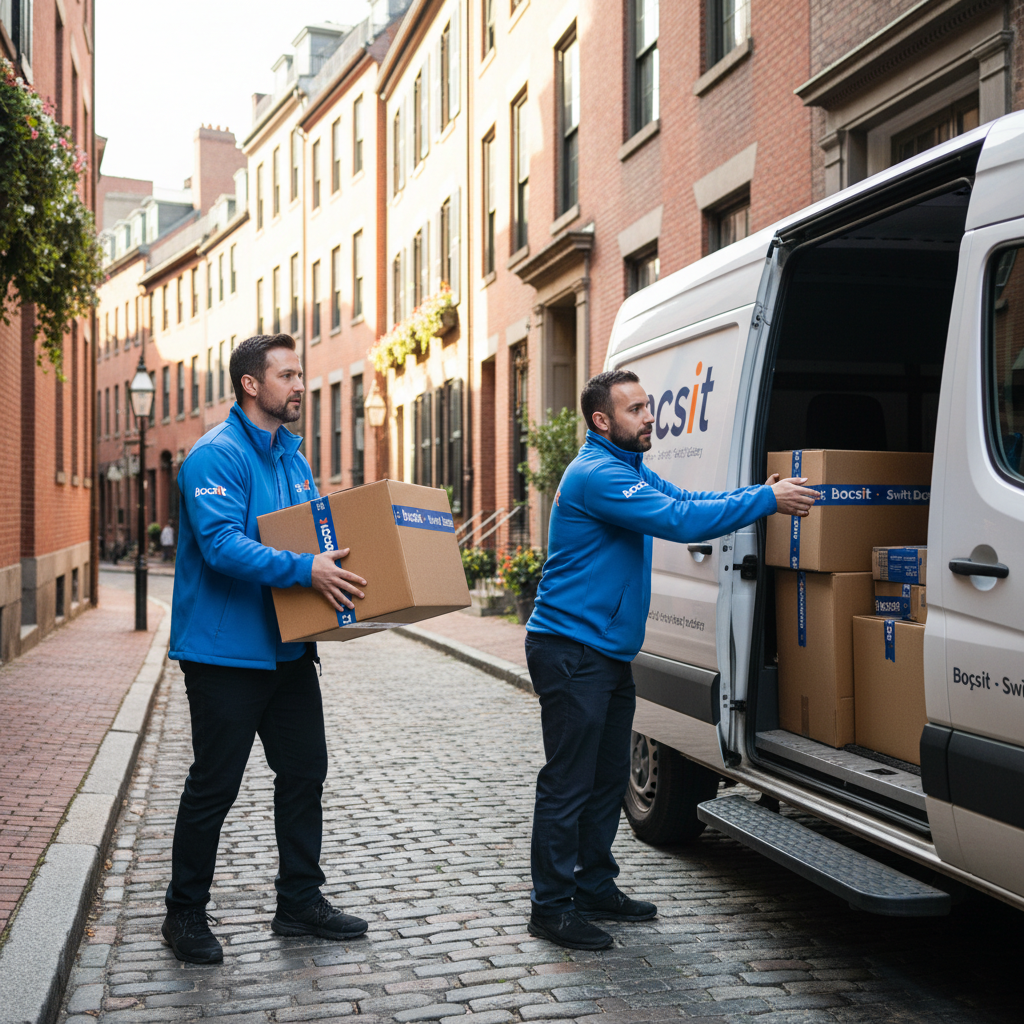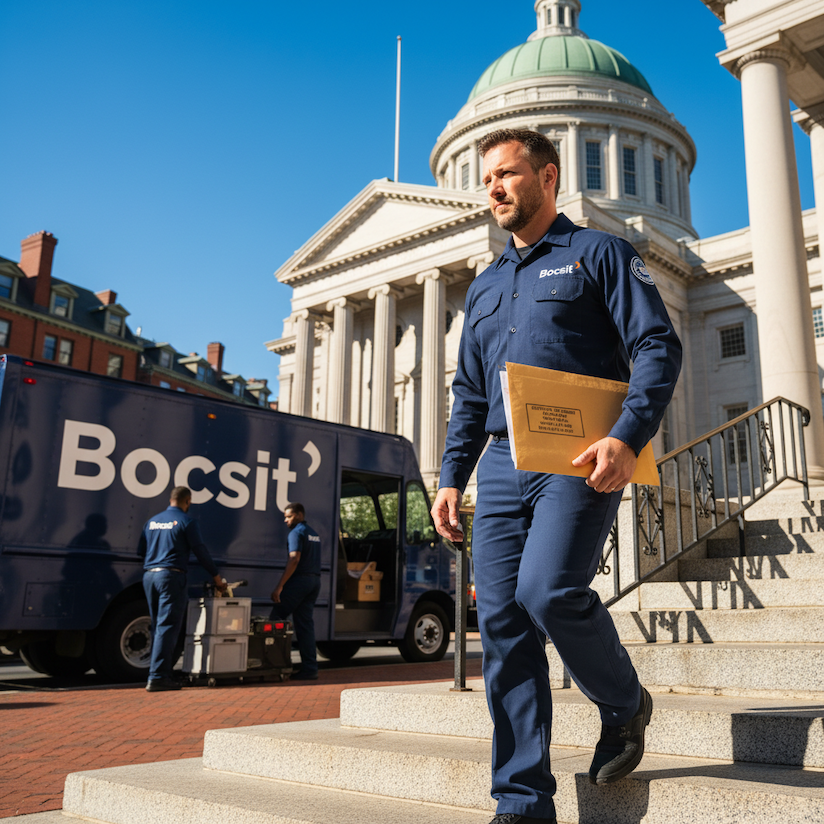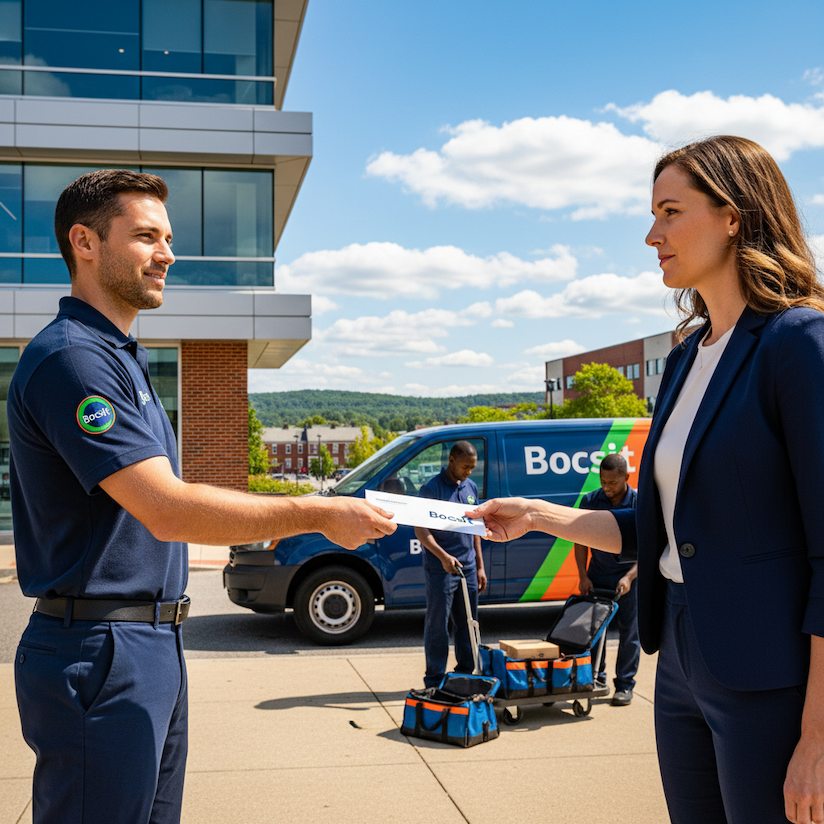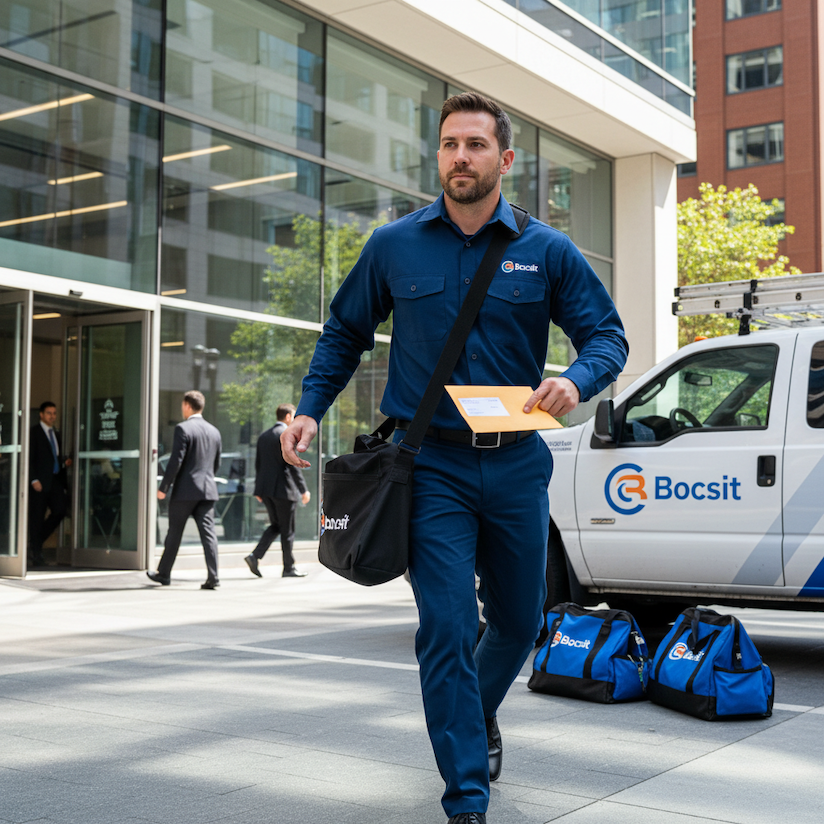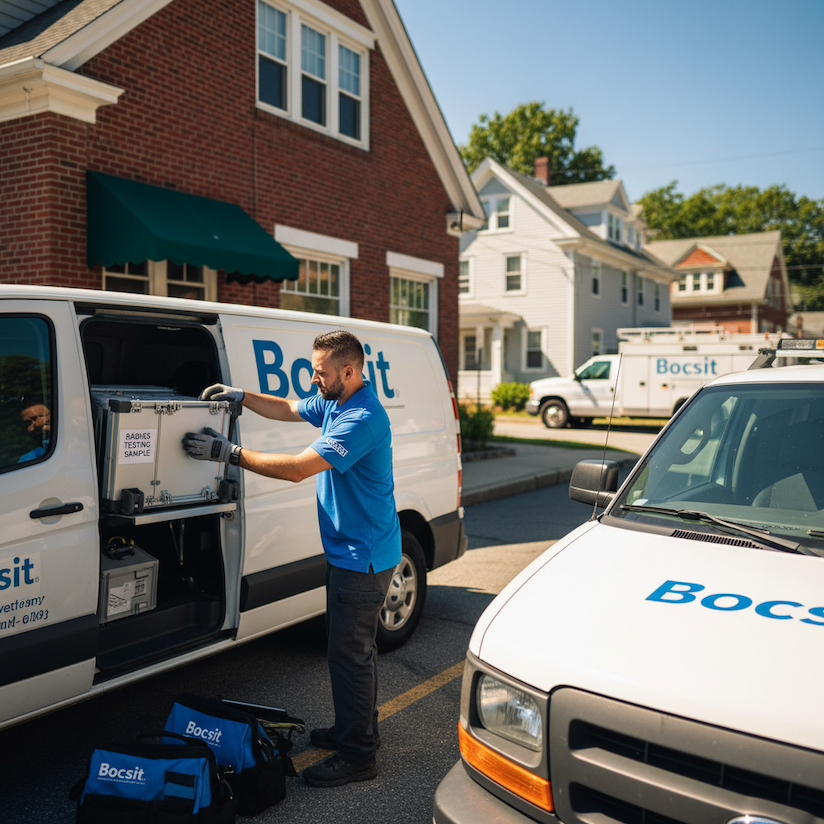Analyzing Cost-Effectiveness in Medical Delivery Logistics

In the critical and fast-paced world of healthcare, the logistics behind medical deliveries play a pivotal role in determining both the efficiency of operations and the quality of patient care. As healthcare providers grapple with the dual challenges of escalating costs and increasing demands for services, the spotlight turns to medical delivery logistics as a potential area for significant cost savings and improved service delivery. Let's delve into the complexities of medical logistics, uncovering strategies to enhance cost-effectiveness without compromising the care that patients receive.
1. The Balancing Act: Cost vs. Quality in Medical Logistics
At first glance, the objective seems straightforward: reduce logistics costs while maintaining or enhancing the quality of patient care. However, the balancing act between cost reduction and quality assurance is anything but simple. Medical deliveries, encompassing everything from critical pharmaceuticals to routine supplies, demand precision, speed, and reliability. Any misstep can have dire consequences.
Strategies for Cost-Effectiveness:
Leverage Technology: Adopt advanced inventory management systems and predictive analytics to optimize stock levels and reduce wastage.
Streamline Supply Chain: Consolidate shipments and negotiate better rates with carriers, focusing on building long-term partnerships for mutual benefit.
2. Embracing Technology: A Game-Changer in Logistics Efficiency
Technology, particularly in the form of data analytics and blockchain, offers unprecedented opportunities to streamline logistics operations. By providing real-time tracking and inventory management, technology can significantly reduce wastage and ensure that supplies are delivered precisely when and where they are needed.
Strategies for Cost-Effectiveness:
Implement IoT Solutions: Use Internet of Things (IoT) devices for real-time tracking of shipments, ensuring timely deliveries and reducing the risk of loss or expiration.
Adopt Blockchain: Utilize blockchain technology for secure and transparent tracking of medical supplies from manufacturer to patient, minimizing fraud and errors.
3. Navigating Regulatory Challenges and Compliance
Regulatory compliance is a non-negotiable aspect of medical delivery logistics, adding another layer of complexity to the quest for cost-effectiveness. Adhering to regulations not only ensures patient safety but also protects healthcare providers from potential legal repercussions and fines.
Strategies for Cost-Effectiveness:
Stay Informed: Keep abreast of changes in regulations and ensure all logistics practices comply with current standards.
Automate Compliance Processes: Use software solutions to automate compliance checks and documentation, reducing the labor and potential errors involved in manual processes.
4. The Human Element: Training and Empowerment
Behind every successful logistics operation is a team of dedicated professionals. Investing in training for staff involved in logistics operations ensures they are equipped with the knowledge and skills to carry out their roles efficiently, further contributing to cost savings and enhanced service quality.
Strategies for Cost-Effectiveness:
Invest in Training: Provide regular training sessions on the latest logistics technologies and best practices.
Empower Decision-Making: Foster a culture where staff feel empowered to make decisions that improve logistics efficiency and patient care.
5. Future Outlook: Sustainable and Patient-Centric Logistics
Looking ahead, the future of medical delivery logistics lies in solutions that are not only cost-effective but also sustainable and patient-centric. Innovations such as drone deliveries and electric vehicle fleets offer promising avenues to reduce costs and environmental impact while improving patient satisfaction.
Strategies for Cost-Effectiveness:
Explore Innovative Delivery Methods: Pilot programs for drone deliveries or electric vehicles to assess their impact on costs and patient care.
Focus on Patient Satisfaction: Implement logistics solutions that improve the patient experience, recognizing that patient satisfaction can lead to higher retention rates and better health outcomes.
In Conclusion: Charting a Course for Efficient, Cost-Effective Medical Logistics
The journey to optimizing cost-effectiveness in medical delivery logistics is ongoing, requiring continuous adaptation and innovation. By leveraging technology, navigating regulatory landscapes wisely, investing in human capital, and exploring sustainable, patient-centered solutions, healthcare providers can chart a course toward more efficient and effective logistics operations. The goal is clear: to reduce costs without compromising the quality of care, ensuring that the healthcare system is sustainable and accessible for all who rely on it.
